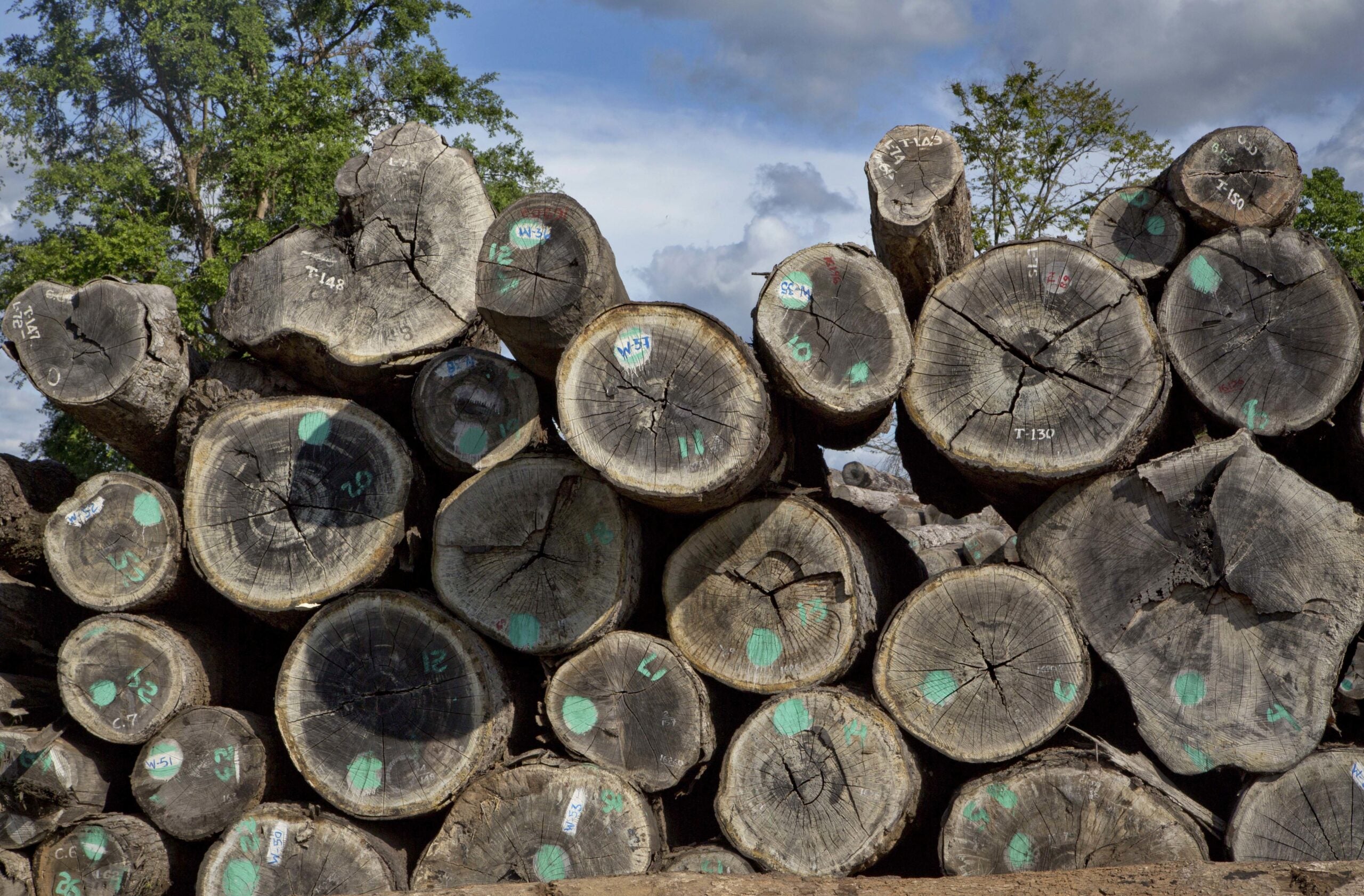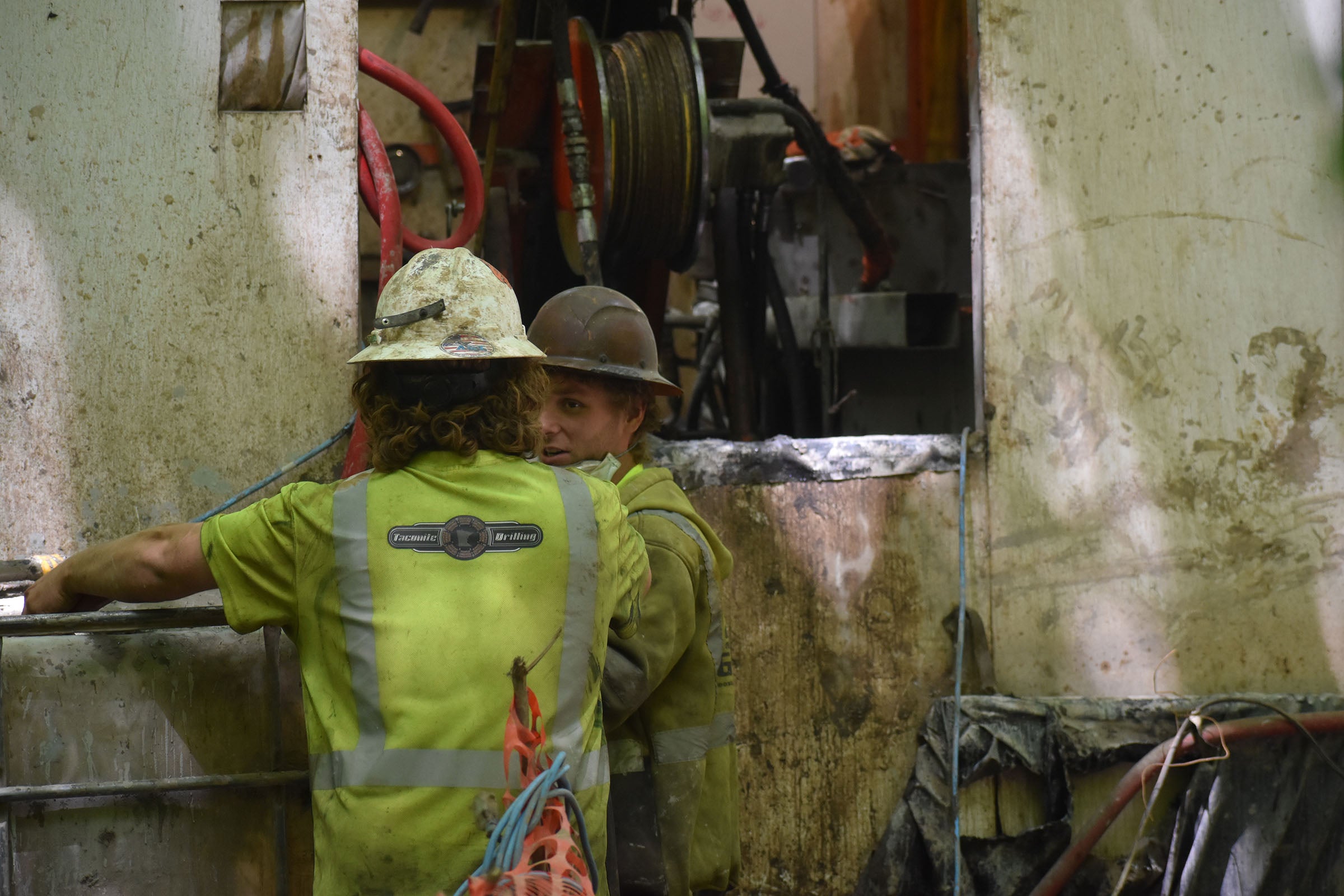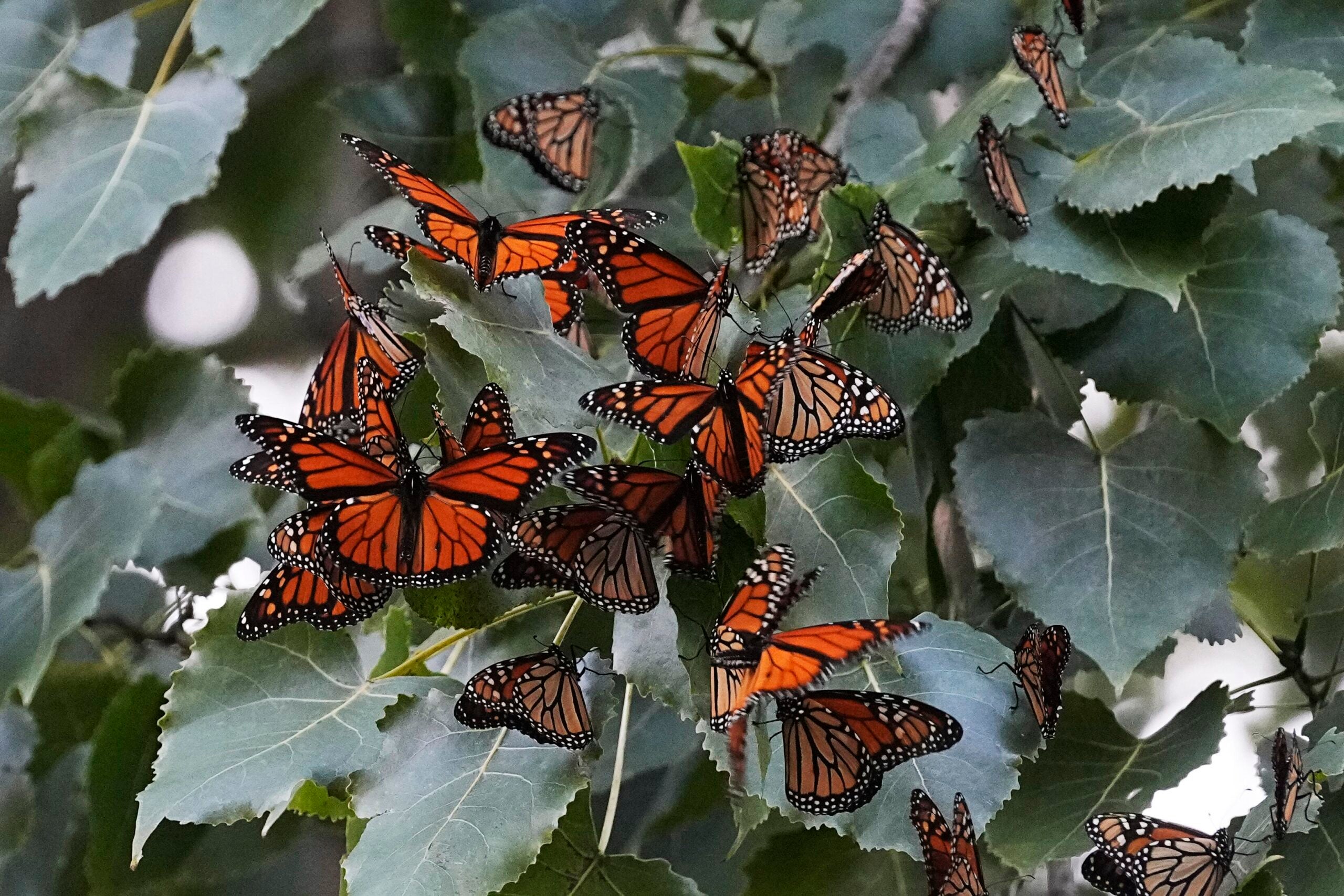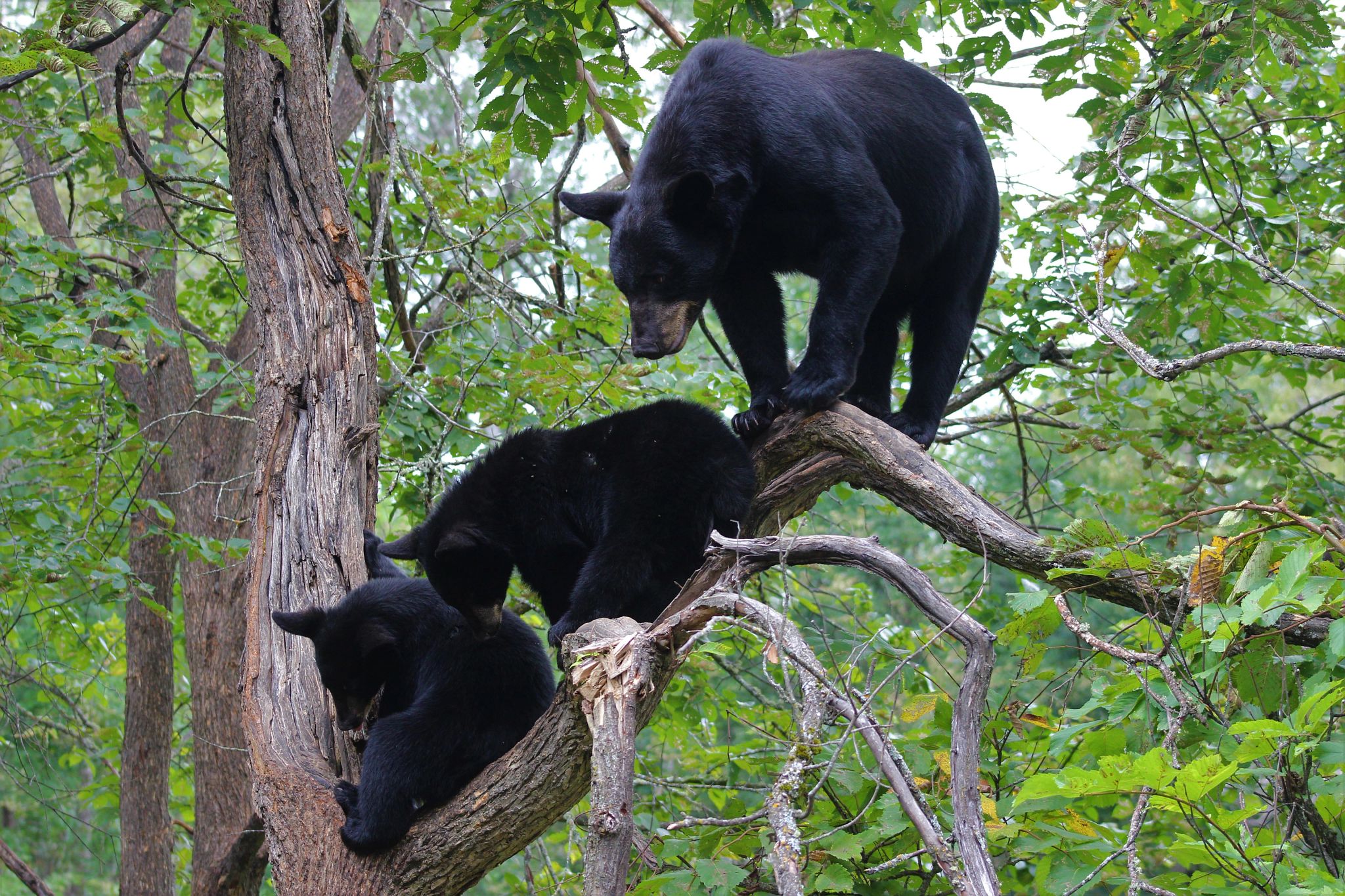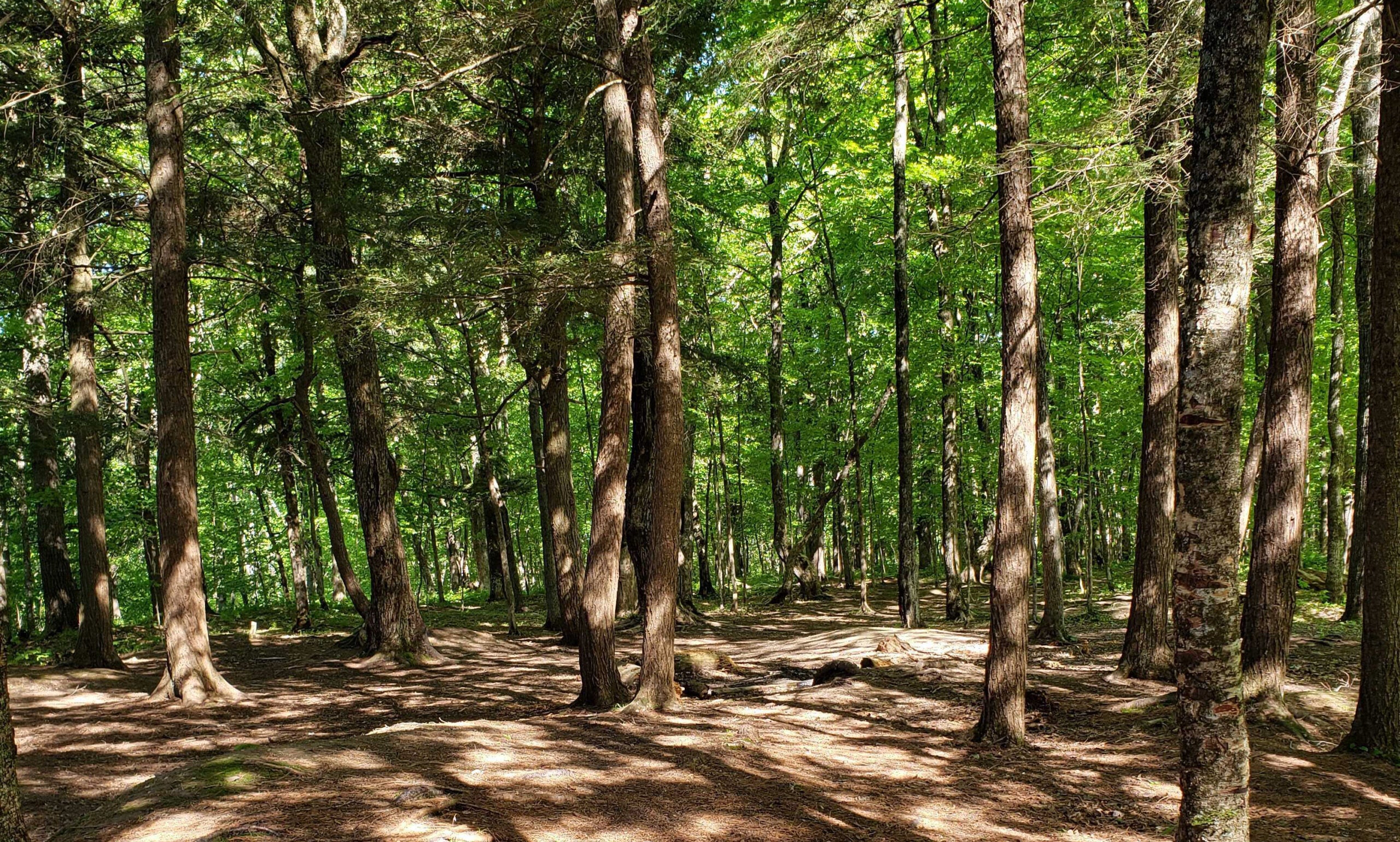Under the last state budget, lawmakers directed the Wisconsin Department of Natural Resources to make more northern state forestland available for timber harvests. Supporters say it will benefit the forest products industry. Yet, some fear the change may upset the balance between industry and wildlife.
Lawmakers directed the DNR to classify 75 percent of northern state forests as forest production areas, which are primarily managed for timber production. As a result, the agency has proposed nearly 40,000 more acres be set aside for active logging – much of it in the Brule River and Northern Highland American Legion state forests.
State Sen. Tom Tiffany, R-Hazelhurst, was among lawmakers who supported the proposal as the forest products industry has pushed for more available wood supplies. The industry employs more than 60,000 people in the state, according to DNR data.
News with a little more humanity
WPR’s “Wisconsin Today” newsletter keeps you connected to the state you love without feeling overwhelmed. No paywall. No agenda. No corporate filter.
“We can have more active management, and it’s going to be good not only for wildlife, not only for our economy, but it’s going to be good for aesthetics also,” Tiffany said. “I think this is just a good common sense proposal.”
Currently, about 66 percent of state forests are set aside as forest production areas. Ron Eckstein, chairman of the forestry issues committee for the Wisconsin Chapter of The Wildlife Society, said northern state forests could probably absorb the 9 percent increase in woods that will see a more intensive logging cycle.
“I don’t know if it’s really good for wildlife habitat, aesthetics, and biodiversity if in that 75 percent we maximize timber production,” Eckstein said. “That’s the concern.”
Eckstein feared more active logging may affect wildlife habitats and populations, especially those thriving in older forests. He took issue with Tiffany’s claims the proposal benefits wildlife.
“He’s only thinking about one portion of wildlife habitat – the kind of animals that like disturbance, that like young forests, that like a lot of timber cutting,” Eckstein said. “That portion of the habitat may be helped by these rules, but he’s forgetting about all those other kind of plants and animals that like older forests. …Those are the kind of animals and habitat that would probably suffer with increased timber harvest.”
However, Carmen Hardin, forest management bureau director for the DNR, said they tried to choose state forestland that would be a good fit for timber production and wildlife.
“What we really tried to do is make sure we have that matrix represented,” Hardin said. “So we have some young forests, some more middle-aged forests, I guess you could say, and some older forests.”
The DNR is planning to increase land that would be set aside for timber production in the Brule River state forest from 11,000 to 25,000 acres. In the Northern Highland American Legion state forest, around 183,000 acres would be reserved as forest production areas. Hardin noted the agency would maintain around 35,000 acres as community management areas, which would include old growth forest.
“We have to remember that these are state forests. These are not state parks,” Tiffany said. “If some people want these areas to be state parks, they should make that proposal and let’s debate that … But, at this point, they’re state forests. They should be actively managed, and we are allowing one in four acres to have some restrictions on them.”
Yet, Eckstein contended Wisconsin’s old growth forests make up only about one percent of state forests.
The DNR is accepting public comment on the land it’s proposed adding as forest production areas until Nov. 21.
Wisconsin Public Radio, © Copyright 2025, Board of Regents of the University of Wisconsin System and Wisconsin Educational Communications Board.

